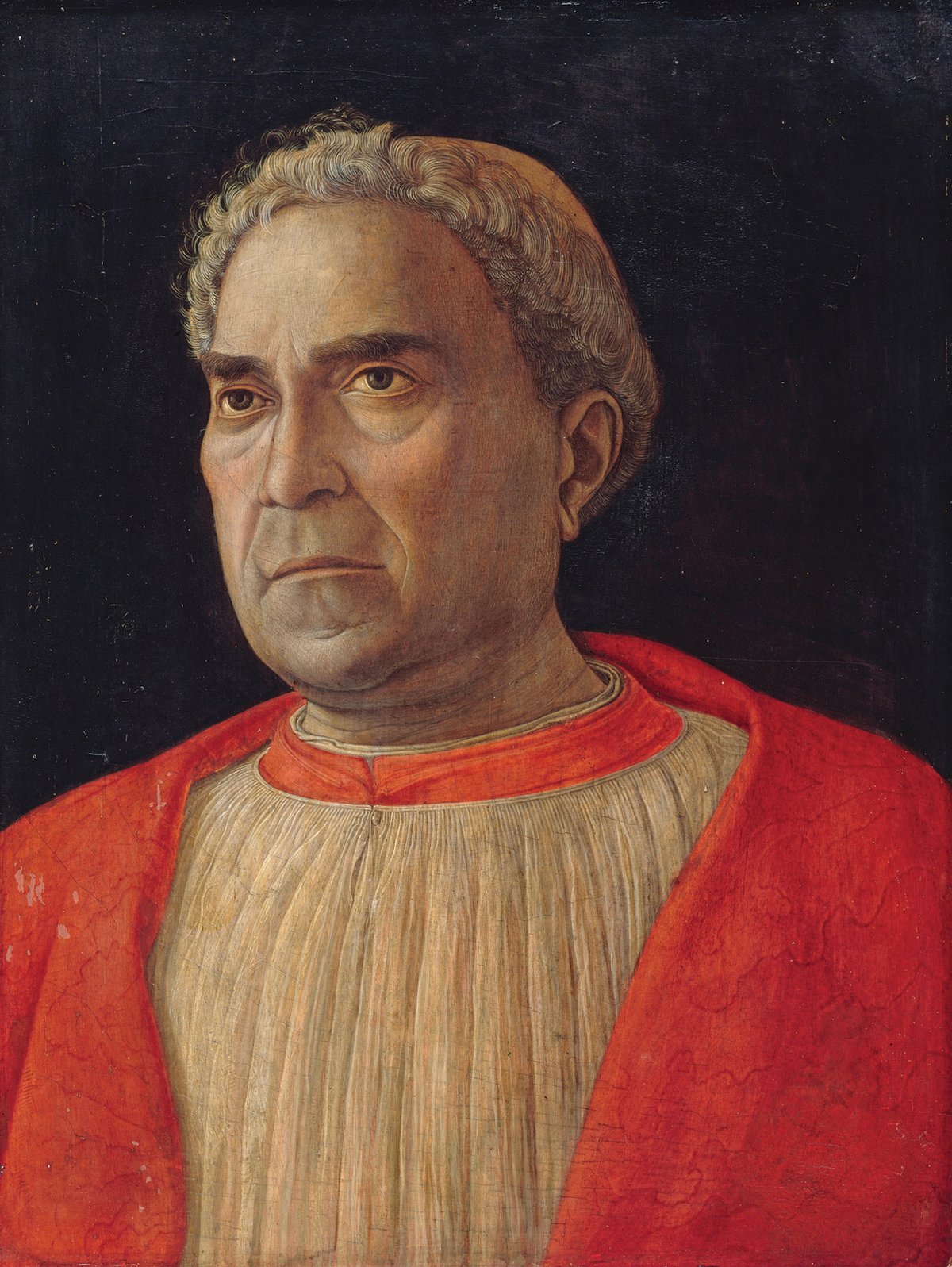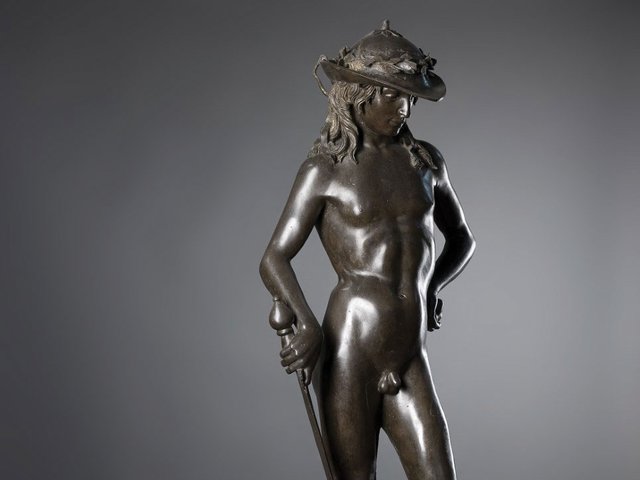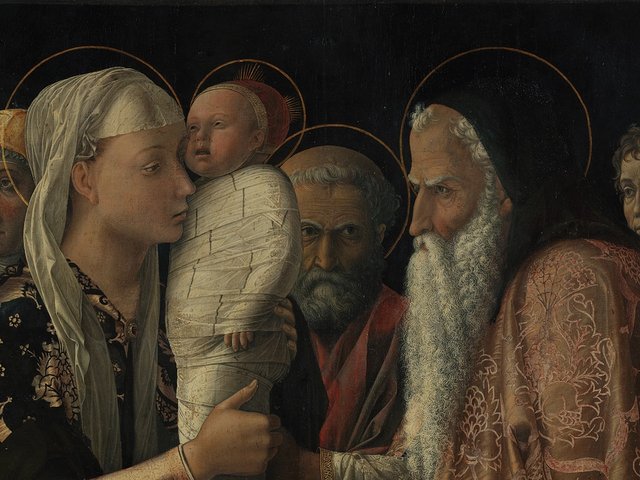An intriguing exhibition devoted to the Renaissance master Andrea Mantegna—a project that the co-curator Sandrina Bandera has been nursing for some 15 years—opens this week at Turin’s Palazzo Madama. It has been a large undertaking, which Bandera says has required enormous dedication; the artist’s bibliography is extensive, and it has been difficult to negotiate loans, for example in the wake of the recent London and Berlin Mantegna and Bellini show.
So it is impressive that the exhibition will include around 50 works by Mantegna, more than half of which will be paintings, along with works by other leading Renaissance masters working in Northern Italy, such as Donatello, Antonello da Messina, Paolo Uccello, Giovanni and Jacopo Bellini, Ercole de’Roberti and Antonio da Correggio.
One of the key aims of the exhibition is to explain Mantegna’s dense network of relationships and contacts with humanists, collectors and writers, including Lorenzo de’ Medici and his circle, and the great Renaissance theorist, humanist and architect, Leon Battista Alberti. This will illuminate not only Mantegna’s art and the role he played as esteemed court artist to the Gonzaga lords of Mantua, but also the kind of world in which he lived.
This theme is encapsulated in Portrait of Cardinal Ludovico Trevisan (1459-60), which will be on loan from the Gemäldegalerie in Berlin—and which has been further researched for the exhibition. It portrays Ludovico Trevisan, then the “richest man in the world”, Bandera says, who as a result of his posting in Constantinople avidly collected pieces from the orient and the Late Roman Empire. He was in contact with Lorenzo de’ Medici, who acquired his collection of cameos, all of which Mantegna had access to. We know, too, that Lorenzo visited Mantegna’s house in Mantua, and enjoyed the artist’s own collection of antiquities. The exhibition will include Mantegna’s treasured ancient bust of Faustina the Elder, as well as important Byzantine pieces from Ravenna and a Pisan sarcophagus that inspired him.
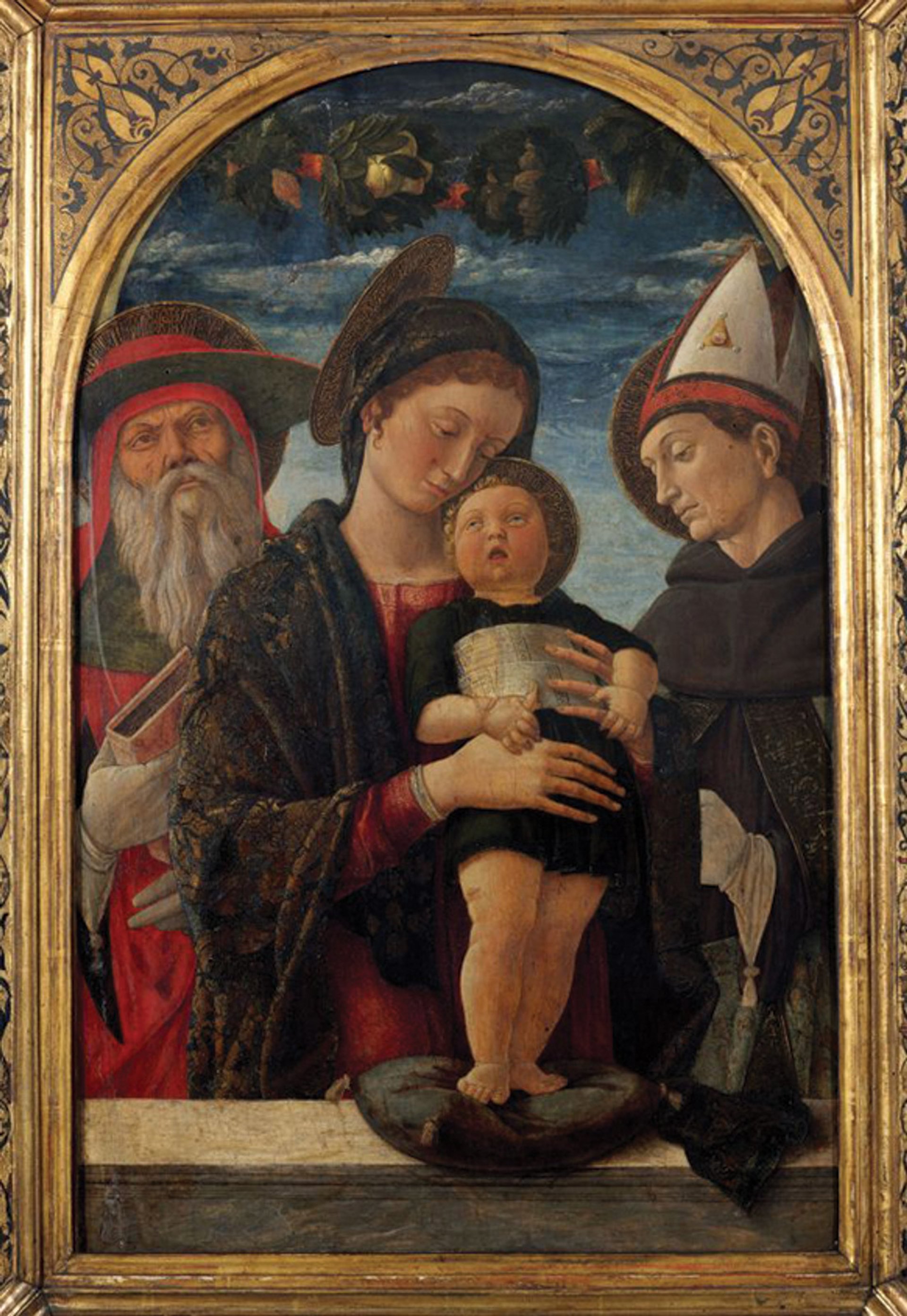
Andrea Mantegna's Madonna and Child with Saints Gerolamo and Ludovico of Toulouse (1453-54) © Musée Jacquemart-André, Insistute de France/Scala
Mantegna is best known for his vivid reinvention of the classical world, combined with his own brand of rigorous naturalism. But the exhibition will go beyond this, demonstrating how the artist was also responsible for, in Bandera’s words, “building modern art” through the vigour of his ideas and his bold experimentation with perspective illusion and printmaking. The show will examine the artist’s relationship with real and illusionistic architecture, and will include multimedia immersive recreations of Mantegna’s great fresco projects in the medieval court of the Palazzo Madama. The recreations will include the Ovetari Chapel in Padua, the Camera Picta in the Ducal Palace in Mantua, as well as Mantegna’s great series of canvases, The Triumphs of Caesar. The monumental detached fresco of the Martyrdom of St James will give an idea of Mantegna’s work on this grand scale, and will be exhibited for the first time after lengthy restoration work (it partially survived bombing in the Second World War).
Further galleries will explore Mantegna’s lengthy time as the Gonzaga’s court artist, with a reconstruction of Isabella D’Este’s famous Mantuan grotta (which the artist helped decorate) and Mantegna’s paintings and engravings of the 1480s and 90s, including some of the artist’s impressive works for his own funerary chapel.
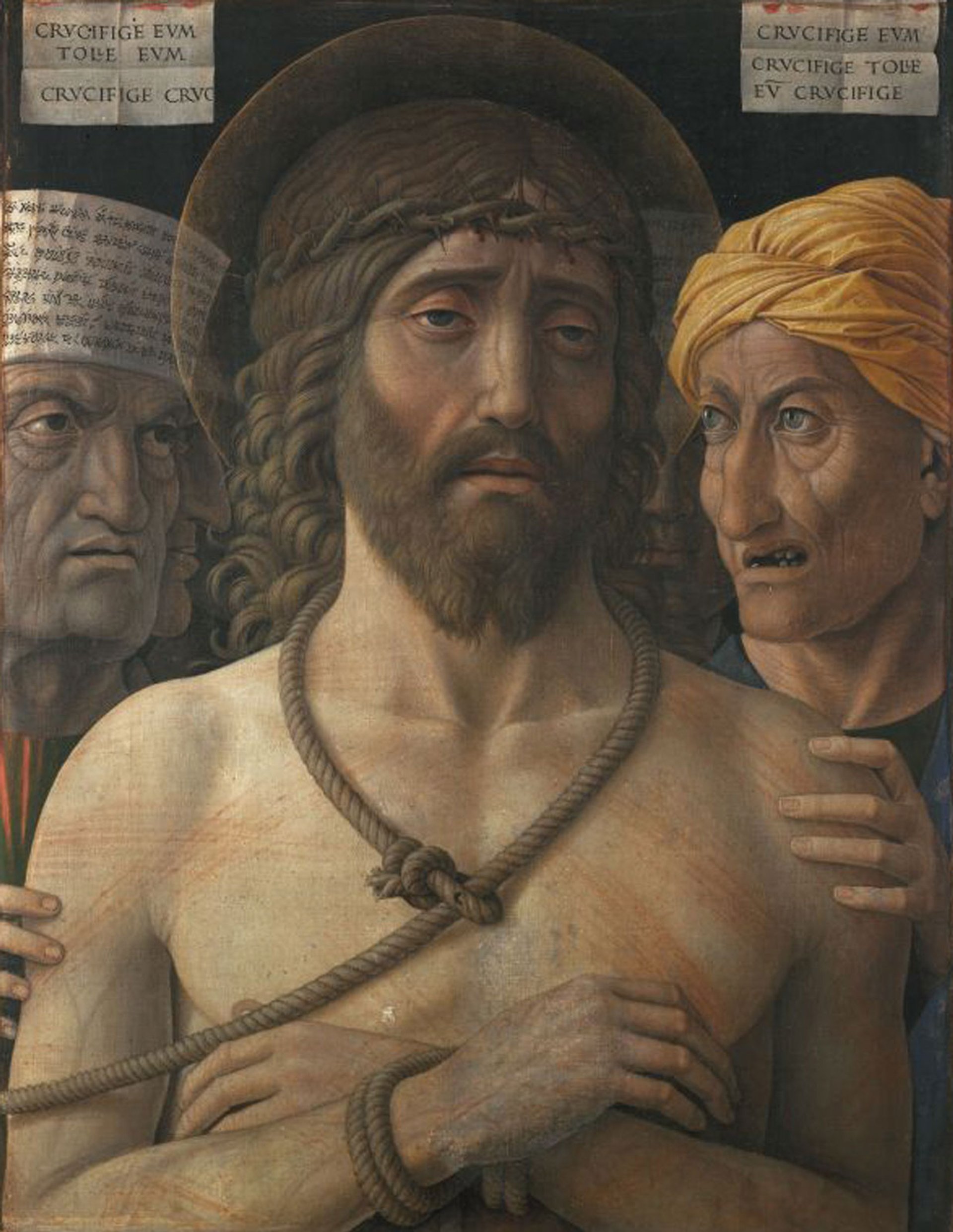
Andrea Mantegna's Ecce Homo (1500-02) © Paris, Musée Jacquemart-André - Institut de France; Studio Sébert Photographes
Bandera wants people to come away from the exhibition feeling that Mantegna “is not so ancient, not so far from us; his rigour is very modern”. This, she feels, is embodied in the house that he designed for himself, which is partially reconstructed for the exhibition. “It is not luxurious; it is designed around a circle and a square in strict harmony. It is very essential—a very modern sensibility,” Bandera says. A parting gift to the visitor will be a nod to the artist’s legacy with a small focus on Rembrandt, who owed so much to Mantegna and who collected his innovative and ground-breaking engravings.
The exhibition is supported by the Fondazione Torino Musei and Intesa Sanpaolo.
• Andrea Mantegna: Making Antiquity Modern, Palazzo Madama, Turin, 12 December-4 May 2020


